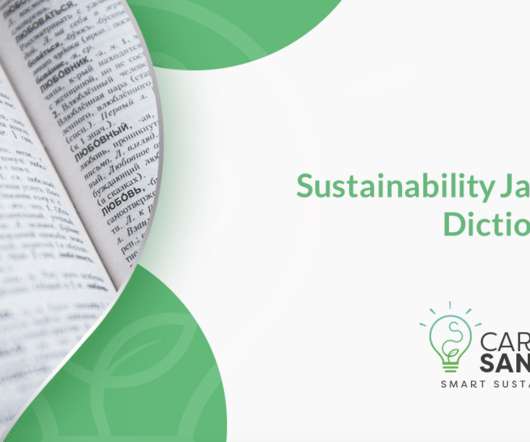Sustainability Jargon Dictionary
Carlos Sanchez
MAY 7, 2020
Anthropogenic GHGs – Gasses emitted due to human activities such as the burning of fossil fuels, deforestation, land-use changes, livestock production, fertilization, waste management, and industrial processes. Sometimes is used also to refer to not only to carbon dioxide emissions but also to all GHGs.










Let's personalize your content